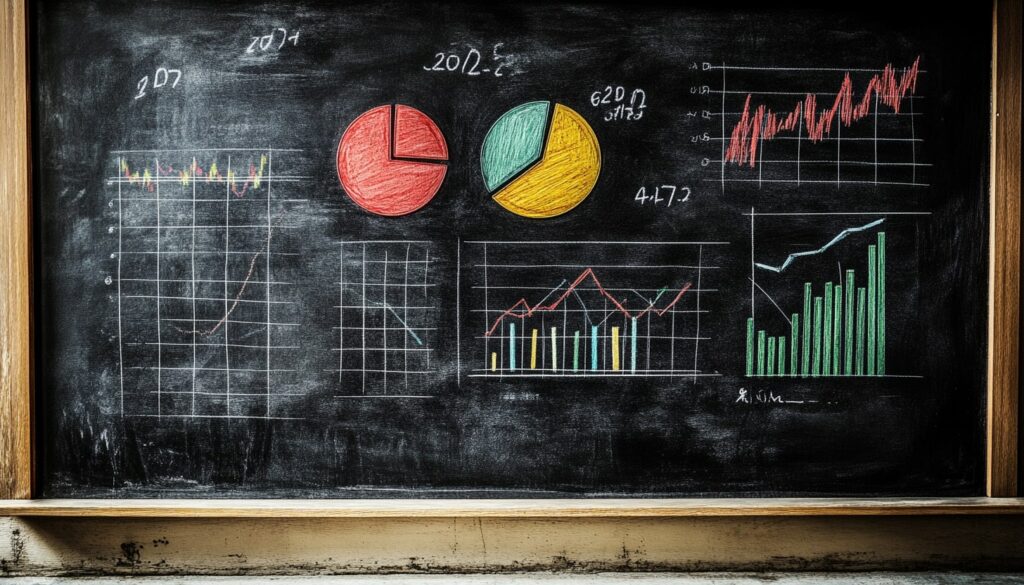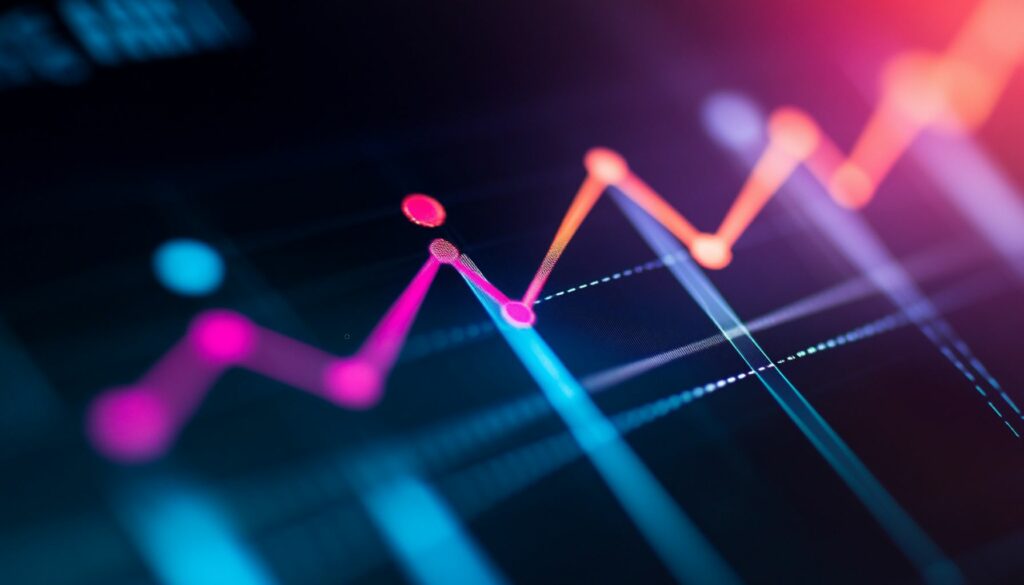At a time when data is at the heart of decision-making in many sectors, the importance of statistical analysis tools has never been greater. Whether to assess market trends, improve business operations or advance scientific research, understanding and applying statistical techniques helps to make sense of complex data sets. But what are the essential tools of statistical analysis today? This article explores some of the most important tools and software on which statisticians and data analysts rely.
1. Descriptive statistics: the basis for understanding
Descriptive statistics are the starting point of any statistical analysis, providing a summary of the main characteristics of a data set. Key indicators such as mean, median, mode,standard deviation and variance enable researchers to describe the central tendency, dispersion and overall shape of the data. These measures provide an initial understanding before diving into more advanced techniques.
Tools such as Microsoft Excel and Google Sheets offer built-in functions for these calculations, making them accessible to non-specialists and experienced statisticians alike.
2. Probability distributions and hypothesis testing
At the heart of inferential statistics lies probability theory, which helps to model uncertainties and assess the probability of results. Normal distributions, binomial distributions and Poisson distributions are among the most commonly used models.
To test hypotheses, statisticians use tools such as T-tests, Chi-square tests and ANOVA (Analysis of Variance) to determine whether observed data deviate significantly from expected results.
Software such as R and SPSS are excellent for performing these tests, offering robust support for probability distributions and hypothesis testing with results that are intuitive to interpret.
3. Regression analysis: modeling relationships
Regression analysis is a powerful tool for modeling relationships between variables. It helps analysts understand the impact of one or more independent variables on a dependent variable, providing critical insights in fields such as economics, finance and healthcare. Linear and multiple regression are the most common techniques, with advanced methods such as logistic regression used for categorical results.
Python libraries like Scikit-learn and R offer rich frameworks for running regression models, making them indispensable in predictive analysis.
4. Correlation and covariance: measuring associations
Correlation and covariance are essential for measuring how variables relate to each other. While correlation quantifies the strength and direction of a relationship, covariance measures how two variables evolve together.
Statistical tools such as Pearson’s correlation coefficient and Spearman’s correlation are often used with software such as MATLAB or Stata, helping analysts to discern significant patterns and associations.
5. Data visualization: communicating insights
While numbers and formulas offer precise insights into data, the ability to clearly visualize data is crucial to effective communication. Histograms, scatter plots and box plots are just some of the visualization tools that help interpret trends and outliers in data.
Tableau, Power BI and Google Looker Studio are benchmark platforms that bring data to life, enabling users to create dynamic visual representations that are easily understood by stakeholders at all levels.
6. Sampling techniques: collecting representative data
When collecting data, it is often impractical to measure entire populations, so sampling techniques are essential. Random sampling,stratified sampling andsystematic sampling enable researchers to collect representative data efficiently. Sampling ensures that conclusions can be generalized while maintaining precision.
Tools such as Qualtrics and SurveyMonkey facilitate data collection while incorporating statistical methods to ensure that the sample represents the target population.
7. Big Data analysis: managing large, complex data sets
With the rise of Big Data, traditional statistical tools are often insufficient when it comes to processing massive quantities of unstructured information. Apache Hadoop and Apache Spark are essential for rapidly processing and analyzing large datasets. These tools are particularly useful in sectors such as finance and technology, where large volumes of data need to be analyzed in real time.
SQL (Structured Query Language) is also widely used to manage large data sets, enabling users to extract meaningful insights from databases.
8. Machine learning integration
As statistical methods evolve, their integration withmachine learning becomes increasingly important. Machine learning algorithms rely heavily on statistical principles to learn from data and make predictions. Tools such as TensorFlow and PyTorch combine statistical techniques with machine learning to build sophisticated models capable of predicting outcomes and discovering patterns in data.
Conclusion
Statistical analysis remains a cornerstone of data-driven decision-making, with tools that continue to evolve to meet the demands of complex and dynamic datasets. From fundamental techniques such as descriptive statistics to the cutting-edge integration of machine learning, statisticians have an ever-growing arsenal at their disposal. Whether you’re a data enthusiast or a seasoned professional, mastering these essential tools will enable you to take full advantage of the power of data in any field.



